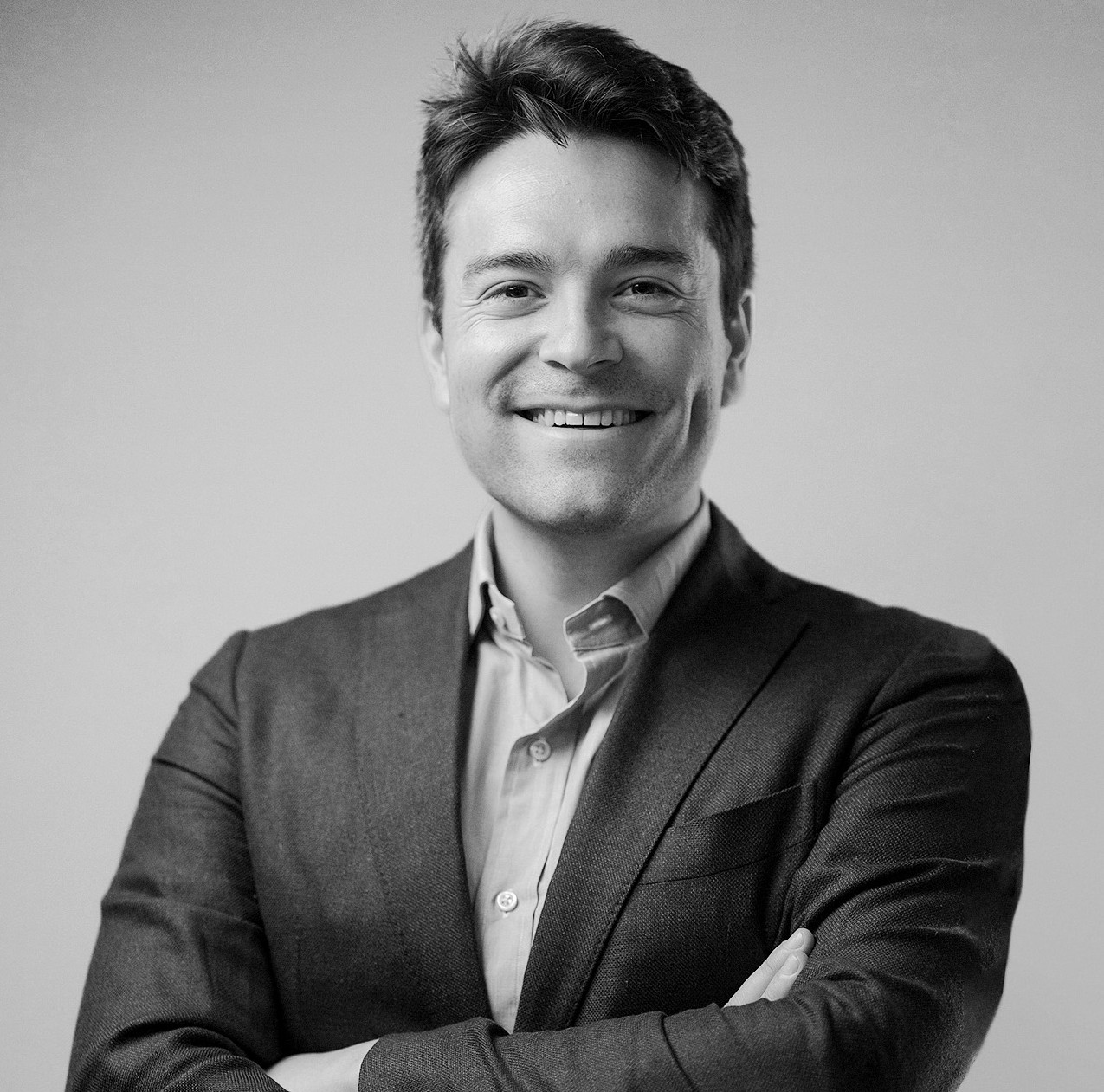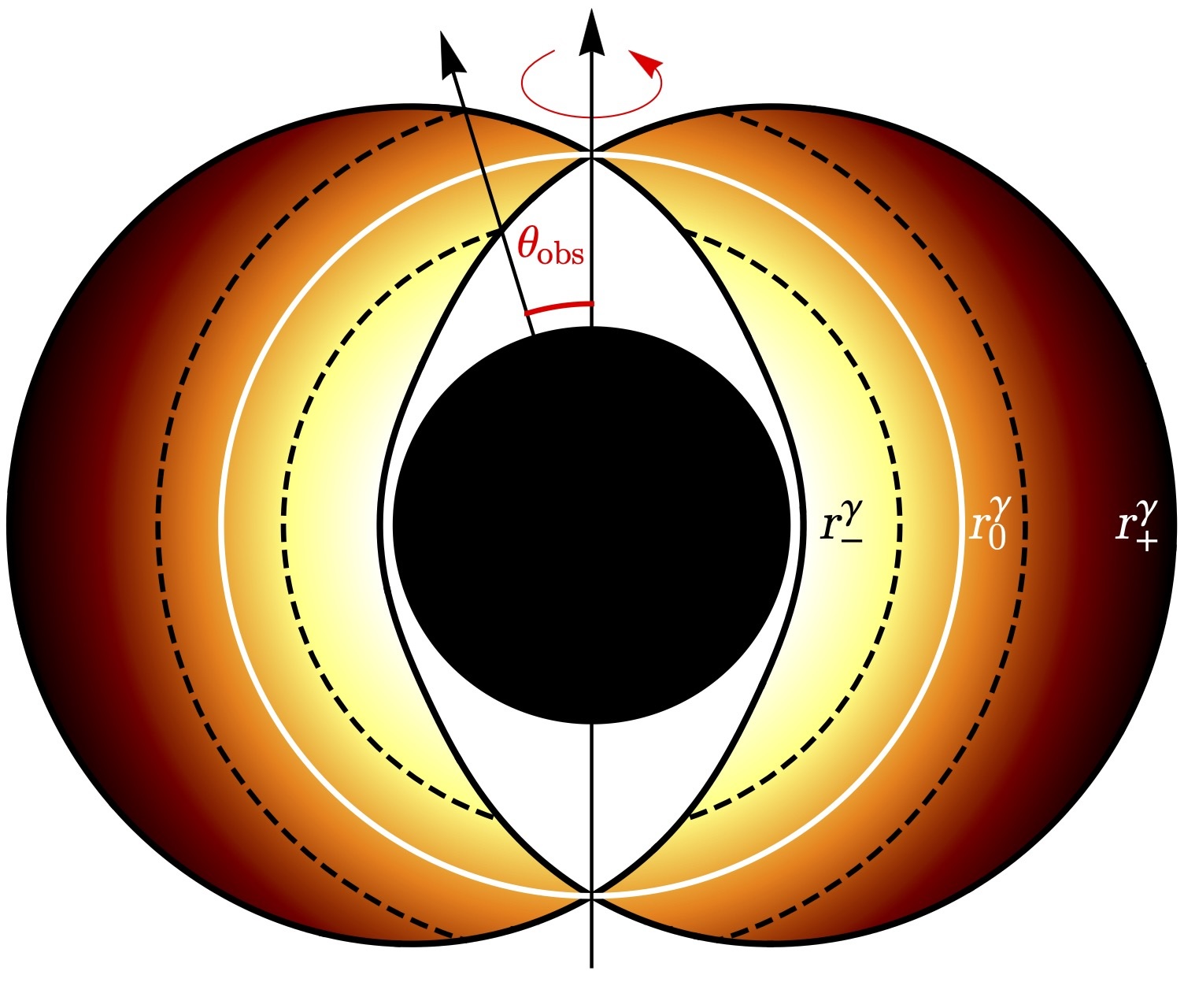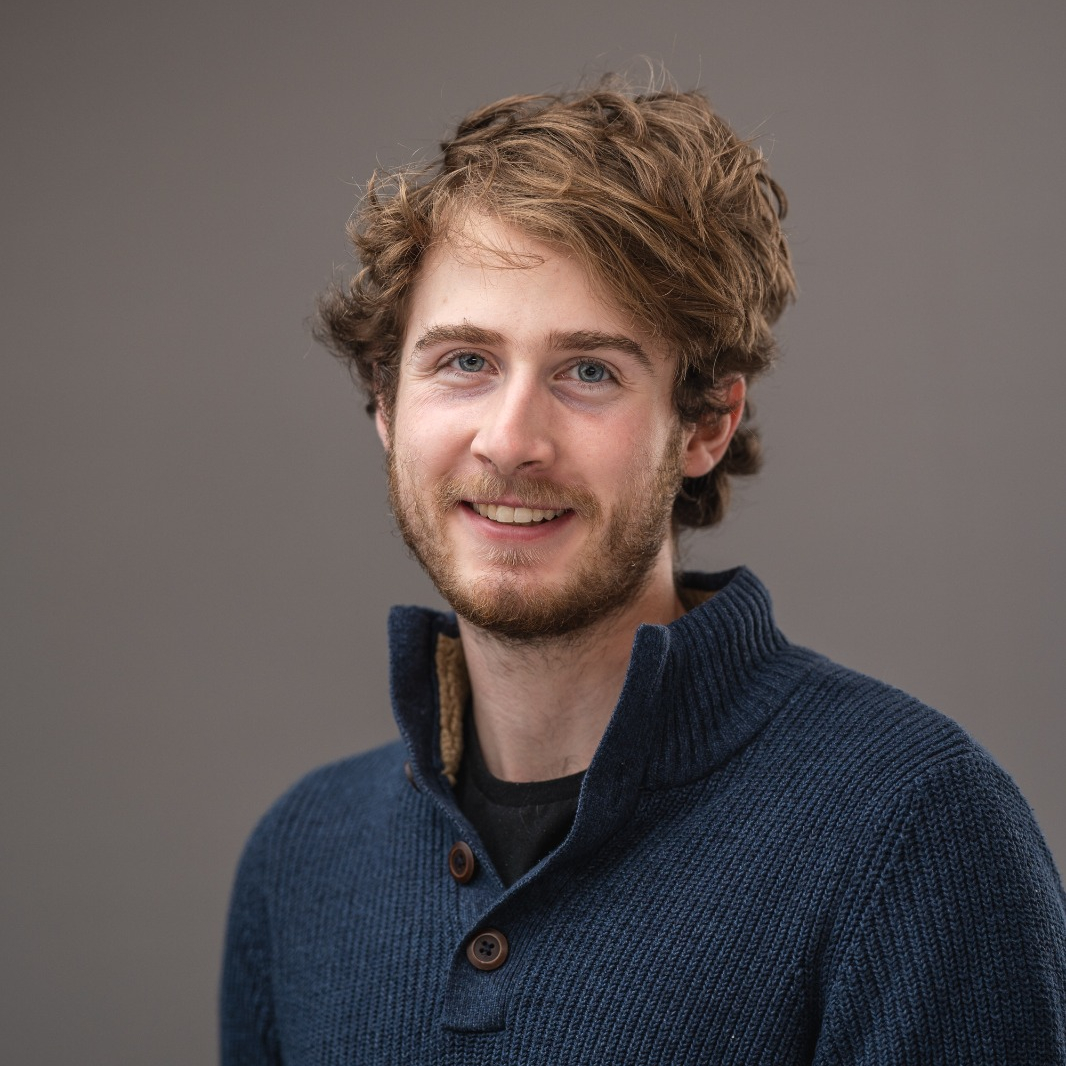Bio & CV

I am a theorist specializing in black holes, classical and quantum gravity, and relativistic astrophysics. I am the Project Scientist for the Black Hole Explorer and have been an Assistant Professor of Physics and Mathematics at Vanderbilt since 2022.
I am a co-recipient of the 2024 New Horizons in Physics Prize from the Breakthrough Foundation (together with Michael Johnson) and was also awarded the 2024 IUPAP General Relativity and Gravitation Early Career Scientist Prize from the International Society on General Relativity & Gravitation for my work on black hole imaging. In 2025, Science News Magazine listed me as one of ten “Scientists to Watch” for their outstanding contributions to their field.
I received my undergraduate and Ph.D. degrees from Harvard University in 2011 and 2017, respectively, and was then a Junior Fellow at the Harvard Society of Fellows from 2017 to 2020 before joining the Princeton Gravity Initiative as an Associate Research Scholar from 2020 to 2022. For more information, please consult my latest CV.
I am currently developing a NASA mission proposal to launch a satellite into Earth orbit that will take the sharpest images in the history of astronomy: the Black Hole Explorer. BHEX is designed to peer all the way down to the event horizon of a black hole and measure the “photon ring” of light that orbits around it. Together with an international team of scientists and engineers, we are now hard at work designing and prototyping the instruments and spacecraft for BHEX. We are also gearing up to propose BHEX as the next NASA Small Explorers Mission, which is slated for a 2032 launch. The journey ahead will be difficult but we are excited for BHEX to fly and push our understanding of spacetime to the absolute limit. Please read more about BHEX here.
I enjoy teaching both undergraduate and graduate classes and giving public talks. My work has been featured in many articles, which you can read about on the Press page. I am also interested in various ways of visualizing black holes—this has led me to collaborate with Stanford-based artist Pam Davis Kivelson on her black hole art and to produce with my group the different codes and animations listed on the Research page. Please check out our new Black Hole Vision app, now available on iOS.
Research
For a full description of my activities, please consult my latest CV (November, 2025).
Publications
You can find links to (preprints of) all my papers on my Google Scholar profile or InspireHEP page, as well as on the ADS abstract service or directly on the arXiv.
Current Group
I am an active member of the Vanderbilt Initiative for Gravity, Waves, and Fluids (VandyGRAF), an interdisciplinary research venture that provides mathematicians, physicists, and astrophysicists with the resources and space to connect and work collaboratively. My current research group at Vanderbilt University is supported by funding from the U.S. National Science Foundation, the U.S.-Israel Binational Science Foundation, and the Simons Foundation. My group currently includes:
In addition, as the Project Scientist for BHEX, I am fortunate to work closely with the wonderful students and postdocs on our excellent science and engineering teams.
Right now, I am also co-supervising graduate students He Jia from Princeton University and Joseph Farah from the University of California, Santa Barbara, as well as working with Princeton undergraduate Lennox Keeble, with whom I’ve written two papers.
In the past, I worked with graduate students Hengrui Zhu from Princeton University (2021-2022) and Hadrien Paugnat from the Observatoire de Paris (2021–2022, now at the University of California, Los Angeles). At Harvard, I also co-supervised graduate students Delilah Gates (2018–2021, now at Harvard BHI), Mina Himwich (2019–2020, now at Princeton PCTS) and Yichen Shi (2017–2019, now a novelist).
Government Funding
My research is currently supported by two grants from the U.S. National Science Foundation (NSF): a CAREER award in Gravity Theory from the Division of Physics (NSF-PHY-2340457) and a standard grant from the Division of Astronomical Sciences (NSF-AST-2307888). In addition, I am also a co-recipient of a U.S.-Israel Binational Science Foundation (BSF) start-up award (grant 2024239) together with my co-PI Shahar Hadar from the University of Haifa.
Private Funding
As a Harvard Junior Fellow with PI rights, I obtained $300,000 in private funding from the Jacob Goldfield Foundation to create a postdoctoral fellowship. This enabled me to create a 3-year postdoctoral position (2018-2021) for my collaborator Shahar Hadar, a gravitational theorist who is now on the faculty at the University of Haifa, in Israel.
Later, a generous $300,000 gift from Will and Kacie Snellings enabled me to hire another postdoctoral researcher for 2 years (2021-2023) at the Princeton Gravity Initiative: Alejandro Cárdenas-Avendaño, who led the development of our code AART (Adaptive Analytical Ray Tracing) and is now a Richard P. Feynman Distinguished Fellow in Theory and Computing at Los Alamos National Laboratory. He will be joining the faculty at Wake Forest University later this year (Fall 2025).
Last year, I raised $350,000 in funding for BHEX from tech investor Fred Ehrsam. This seed funding was given to Vanderbilt University in February 2024 and has provided crucial support for the initial development of the BHEX mission proposal.
Most recently, the Simons Foundation has awarded a group of 12 co-PIs (including myself) a large grant to form a Simons Collaboration on Black Holes and Strong Gravity. This $8M grant (of which $550,000 is directed to my group at Vanderbilt) will support our worldwide research effort in gravity over the next four years, and is potentially renewable for three more.
Technical Software
My group is working on black hole perturbation theory and we recently wrote about Gravitational Waves on Kerr Black Holes. This first paper in an ongoing series provides explicit formulas for the metric components of linearized perturbations of an astrophysical black hole, whose reconstruction is notoriously complicated. Roman and Trevor wrote a series of Mathematica notebooks allowing users to manipulate, check and derive our equations. Our packages were featured in the Wolfram Community.
Alejandro and Hengrui wrote an Adaptive Analytical Ray Tracing code: a numerical framework that exploits the integrability properties of the Kerr spacetime to compute high-resolution black hole images and their visibility amplitude on long interferometric baselines. This code is being used to forecast simulated observations with BHEX.
Visualization Software
Trevor has developed an app called Black Hole Vision, now available on iOS, which takes live video feeds from the front and rear facing cameras of the iPhone and simulates the effects of lensing by a rotating (Kerr) black hole, displaying the results in real-time on the phone’s screen. We hope that this app will attract attention from the general public and stoke interest in BHEX. Another goal is to encourage students to study general relativity. This work is supported by my NSF CAREER award.
Separately, Trevor has also developed a JavaScript ray tracer for light rays in the Kerr spacetime using the analytical formulas derived in my papers with Sam Gralla on the Null Geodesics of the Kerr Exterior and Lensing by Kerr Black Holes. With this code, Trevor produced the beautiful 3D animations described in our recent BHEX paper on Using the Photon Ring to Visualize Spacetime Around the Black Hole.
Public Outreach
In addition to the visualizations described above, I collaborated with California-based Crazybridge Studios to produce 3D animations that illustrate the physics underlying the photon ring. The resulting videos have been widely shared through multiple articles (see the Press page), with the latest version available on YouTube here.
Finally, I also collaborated with Pam Davis Kivelson, an artist based at Stanford University, to produce black-hole-inspired art displayed at Stanford. A video recording of our joint 2022
Stanford Physics colloquium is available on YouTube here.
Teaching

I love teaching at every level!
Last year, I was invited to contribute a pedagogical chapter to a book on Recent Progress on Gravity Tests and wrote A Beginner’s Guide to Black Hole Imaging and Associated Tests of General Relativity.
During my PhD, I was a teaching assistant for multiple courses, ranging from a freshman seminar on black holes and fundamental physics to a graduate course on electrodynamics. When my advisor, Prof. Andrew Strominger, taught an advanced course on theoretical black hole physics in 2015, I helped transcribe his excellent lectures and the resulting notes are available here.
At Vanderbilt, I have taught four different courses, two designed for undergraduates and another two at the graduate level (one of which I have now taught twice):
Physics For Future Leaders (PHYS 1020)
A large undergraduate lecture course for non-scientists that I took over from my colleague, Prof. Bob Scherrer. Fall 2024 syllabus.
General Theory of Relativity (PHYS 8160)
A graduate course on general relativity that provides an introduction to black hole physics, which I taught in Spring 2023 & Spring 2024. Spring 2024 syllabus.
Advanced Electrodynamics (PHYS 8021)
A graduate course on electrodynamics required for our PhD students. I followed the excellent lecture notes by Dr. Jacob Barandes. Fall 2023 syllabus.
Seminar in Presenting Physics Research (PHYS 3600)
An undergraduate seminar in science communication and physics presentation skills. Fall 2022 syllabus.
Press

Black hole imaging and the photon ring have captured the public imagination. Here are some popular articles covering my work.
Photon Ring
An excellent overview of the photon ring appeared in Sky & Telescope Magazine in March 2020 and the story was quickly picked up by the New York Times.
Black Hole Explorer
For a more recent discussion of the latest developments with the Black Hole Explorer (BHEX), please read this interview I gave in July 2024 to the New Scientist Magazine.
Science News “Scientists to Watch”
Alternatively, you can read another interview I gave in August 2025 to Science News Magazine, which named me one of ten “Scientists to Watch” for their outstanding contributions to their field.
Holography
Much of my work tries to connect cutting-edge questions in theoretical physics to observations at the experimental frontier in black hole astronomy. In September 2022, Quanta Magazine published an article on the potential links between the photon rings targeted by BHEX and the holographic principle in quantum gravity.
Black Hole Energy Extraction
Future black hole observations with BHEX will also shed light on deep questions in relativistic astrophysics. What is the mechanism that powers astrophysical jets? Can magnetic fields extract electromagnetic energy from the rotation of a spinning black hole via the Blandford-Znajek mechanism? This November 2023 IAS Feature describes some of my recent efforts with my Princeton collaborators to address these problems.
Conformal Symmetry in the Sky
My doctoral work focused on observational signatures of rapidly spinning black holes, which display special properties. These include an emergent “conformal symmetry” that I studied in my PhD thesis on “The Maximally Rotating Black Hole as a Critical Point in Astronomy”. These results were featured in Chapter 23 of the 2018 popular science book “Einstein’s Shadow” by Seth Fletcher.
Public Outreach
In 2021, I gave an introduction to black holes for middle school students in France, in the course of their visit to the Observatoire de la Côte d’Azur in Calern. Last summer, I was invited to participate in Stars Above Aspen. I describe some other efforts to engage with the public via black hole art and visualizations on the Research page.
Lastly, I am sometimes asked to comment on various physics topics in the news. I recently talked to Discover Magazine about wormholes and to the New Scientist about naked singularities and other alternatives to black holes.
Contact
Elements
Text
This is bold and this is strong.
This is italic and this is emphasized.
This is superscript text and this is subscript text.
This is underlined and this is code: for (;;) { ... }
Finally, this is a link.
Heading Level 2
Heading Level 3
Heading Level 4
Heading Level 5
Heading Level 6
Blockquote
Fringilla nisl. Donec accumsan interdum nisi, quis tincidunt felis sagittis eget tempus euismod. Vestibulum ante ipsum primis in faucibus vestibulum. Blandit adipiscing eu felis iaculis volutpat ac adipiscing accumsan faucibus. Vestibulum ante ipsum primis in faucibus lorem ipsum dolor sit amet nullam adipiscing eu felis.
Preformatted
i = 0;
while (!deck.isInOrder()) {
print 'Iteration ' + i;
deck.shuffle();
i++;
}
print 'It took ' + i + ' iterations to sort the deck.';
Lists
Unordered
- Dolor pulvinar etiam.
- Sagittis adipiscing.
- Felis enim feugiat.
Alternate
- Dolor pulvinar etiam.
- Sagittis adipiscing.
- Felis enim feugiat.
Ordered
- Dolor pulvinar etiam.
- Etiam vel felis viverra.
- Felis enim feugiat.
- Dolor pulvinar etiam.
- Etiam vel felis lorem.
- Felis enim et feugiat.
Icons
Actions
Table
Default
| Name |
Description |
Price |
| Item One |
Ante turpis integer aliquet porttitor. |
29.99 |
| Item Two |
Vis ac commodo adipiscing arcu aliquet. |
19.99 |
| Item Three |
Morbi faucibus arcu accumsan lorem. |
29.99 |
| Item Four |
Vitae integer tempus condimentum. |
19.99 |
| Item Five |
Ante turpis integer aliquet porttitor. |
29.99 |
|
100.00 |
Alternate
| Name |
Description |
Price |
| Item One |
Ante turpis integer aliquet porttitor. |
29.99 |
| Item Two |
Vis ac commodo adipiscing arcu aliquet. |
19.99 |
| Item Three |
Morbi faucibus arcu accumsan lorem. |
29.99 |
| Item Four |
Vitae integer tempus condimentum. |
19.99 |
| Item Five |
Ante turpis integer aliquet porttitor. |
29.99 |
|
100.00 |






